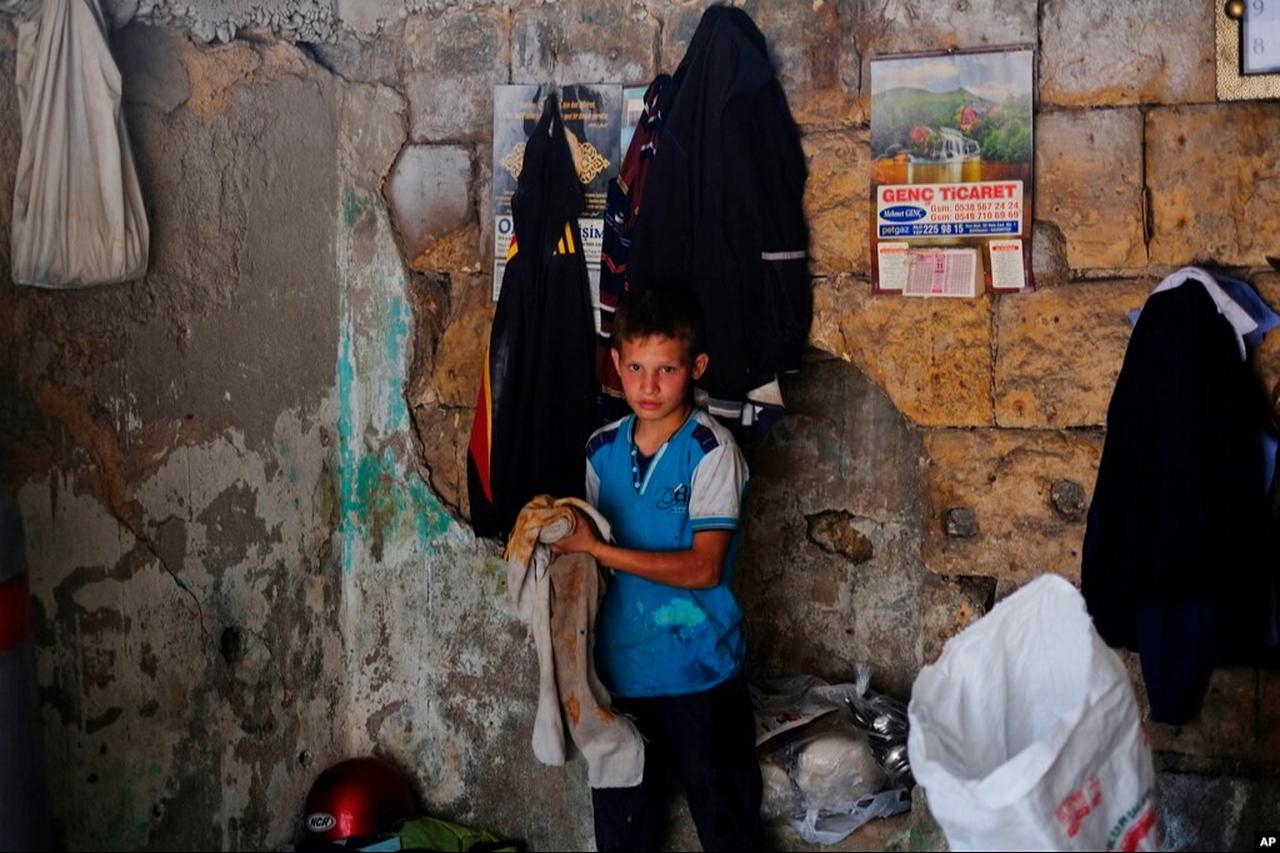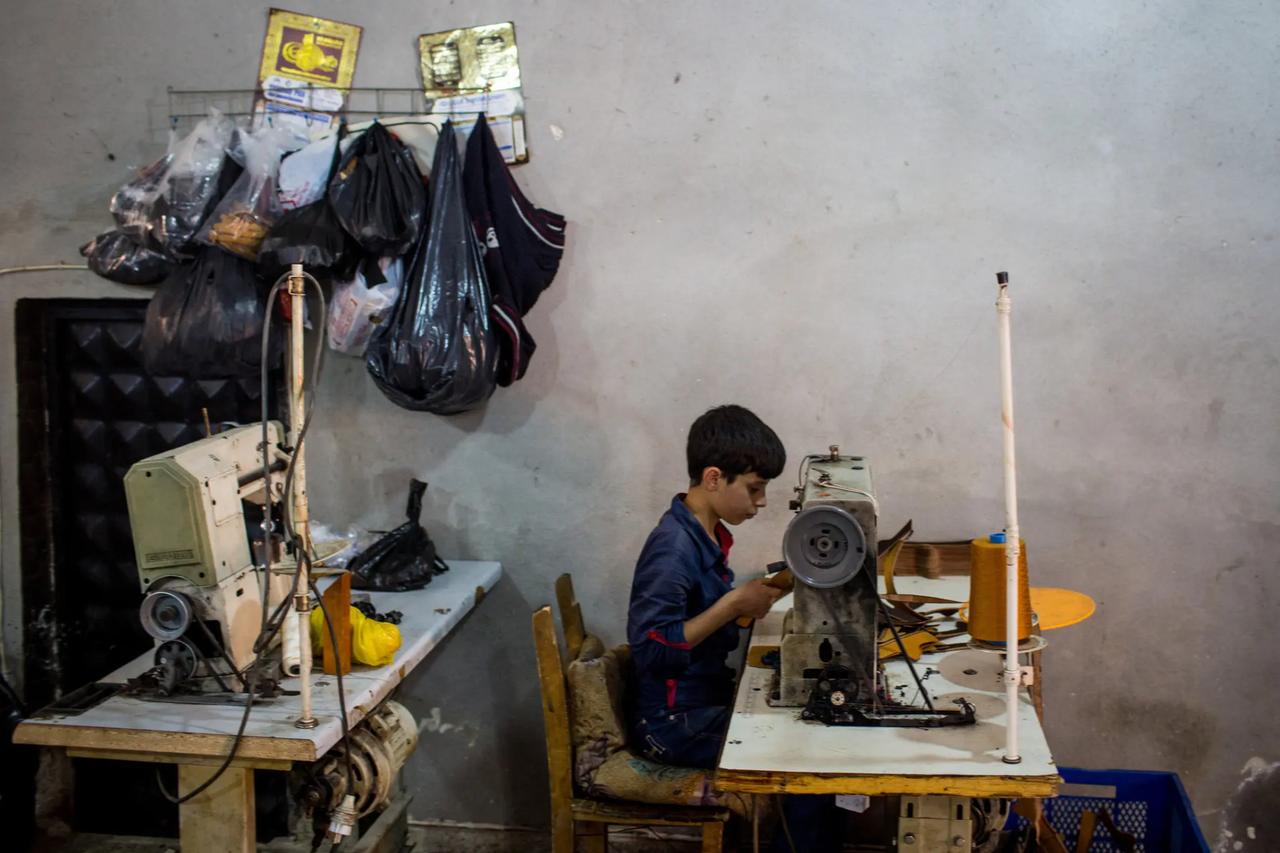A young Syrian refugee sewed shoe parts in a factory in Gaziantep, Türkiye, 2016. (Photo via Chris McGrath)
October 03, 2025 02:19 PM GMT+03:00
The new academic year in Türkiye began on Sept. 8, but labor rights groups have warned that schools are not the only place many children spend their days. According to a recent report by the Health and Safety Labor Watch Council (ISIG), at least 72 children lost their lives while working between September 2024 and August 2025. This figure marks a 10% increase compared to the previous school year, when 66 children were reported dead.
Researchers stressed that, under international definitions, a “child worker” refers to anyone under 18 years of age, regardless of domestic classifications that sometimes describe 15–18 year olds as “young workers.” In some cases, official records also misreport the ages of the deceased, meaning the true number of child victims could be higher.
From fields to factories: Geography of child labor deaths
Traditionally, child labor deaths in Türkiye were concentrated in agriculture. A decade ago, more than six in 10 such fatalities occurred in the fields. But the latest figures show a shift: of the 72 deaths this year, 20 were in agriculture, 19 in industry, 17 in construction, and 16 in the service sector. Agriculture remains the single most fatal sector, but its share has fallen to 28%, highlighting how urban poverty and industrial employment are increasingly shaping the problem.
The report criticizes international visits and public relations campaigns that highlight efforts to curb child labor in farming, noting that they often overlook the continuing deaths of children harvesting crops under extreme conditions.

A Syrian refugee child works at a copper workshop in Gaziantep, Türkiye, June 2, 2016. (Photo via VoA)
Numbers behind the workforce
Türkiye’s official statistics agency, the Turkish Statistical Institute (TurkStat), announced that nearly a quarter of those aged 15–17 were active in the labor force in 2024, amounting to 970,000 young workers.
However, ISIG highlights that this number excludes the Ministry of Education’s Vocational Education Centers (MESEM) students, children working off the books in seasonal agriculture, and those under 15. Once these groups are added, the total rises to an estimated 3 million–4 million children in work.
Key documents emphasize aligning education with private-sector needs, expanding public-private partnerships in vocational schools, and integrating training centers within Organized Industrial Zones. Phrases like “the virtue of work” and “model citizenship” are used in these policy texts, but critics claim they serve to legitimize widespread reliance on child labor as cheap manpower.
Summarizing its findings, the council insisted that the issue is not vocational training itself but the systematic use of underage children as a labor reserve. As it stated: “For us, even one child’s nose bleeding or one child being unhappy is unacceptable.”
